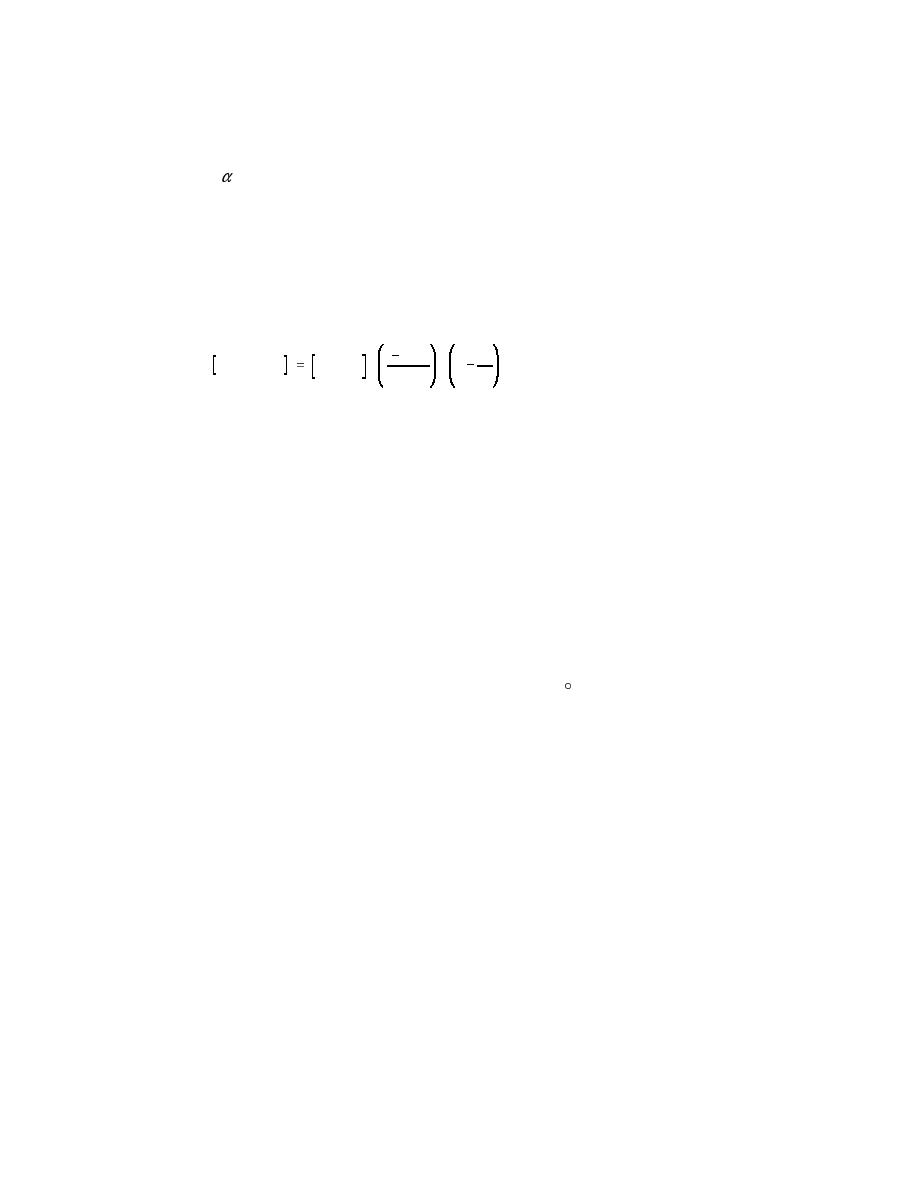 |
||
|
|
||
| |||||||||||||||
|
|
 UR = maximum sustained windspeed in knots calculated 33 feet above MSL
at radius R
= a coefficient depending on the speed of the hurricane. The suggested
value is 1.0 for a slowly moving hurricane
All of the above variables used in Equations G1 and G2 are contained in or can
be calculated from the HURDAT database.
Given a maximum wave height and period, a wave field time series for
tropical storms was calculated through the following expansion:
2
2
D
9.21
(G3)
H(t), T(t)
Ho , Ts e
t
D
2
where
t = time in hours starting 51 hr before peak surge (at hour 51) and extending
48 hr after peak surge
D = significant duration of the surge, taken as 24 hr
Given a maximum wave height and period, a wave field time series should be
calculated starting 51 hr before peak surge (at hour 51) and extending 48 hr after
peak surge. Wave heights and periods described by Equation G3 decay to zero;
therefore, minimum values must be prescribed for the time series. These mini-
mum values were specified based on summary tables provided by WIS (Hubertz
et al. 1993) for the WIS station location cited in this report (WIS Station 72,
which corresponds to DRP #304). The average direction of travel for the
16 tropical events was computed to be approximately 11 clockwise from true
north (an azimuth of 191o by WIS convention). According to Hubertz et al.
(1993), the largest number of waves at an azimuth of 180o were in the 5.0-6.9 sec
band. Therefore, a minimum period of 6.0 sec was selected for the storm-event
hydrographs. Maximum mean wave conditions for the months of September and
October were reported to be 1.2 and 1.3 m, respectively; therefore, a minimum
wave condition was selected to be 1.25 m. Finally, maximum wave heights were
limited to the breaking wave criteria of Hb = 0.65*depth based on measurements
indicating that storm-generated waves in open water are limited to approximately
0.6-0.7 times the local depth (Resio 1994). Scenarios, to be described below,
included mound configurations located at three depths, the minimum of which
was 63.0 ft. In order to prescribe wave field boundary conditions that are consis-
tent for all simulations, the minimum depth was used to define maximum wave
criteria. Therefore, maximum allowable waves were limited to 0.65*63.0 =
40.95 ft = 12.48 m. This criteria should be used for all simulation scenarios.
G15
Appendix G Procedures for Conducting Frequency-of-Erosion Studies
|
|
Privacy Statement - Press Release - Copyright Information. - Contact Us - Support Integrated Publishing |